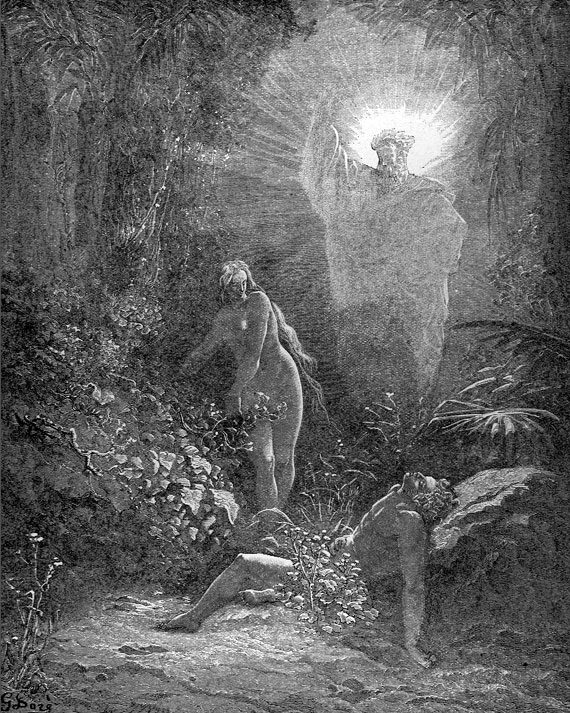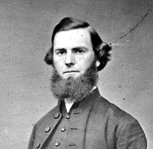Fr. Greg asks us to consider, what are the fruits of this congregation of St. Mark’s, Irving, in much the same manner as the Apostle Paul writes to ask that of the church in Colossae.
Our daily devotion for this date, Sunday, July 11th, (Forward Day By Day) was a meditation upon the scripture LUKE 10: 25-37, well known as the story of the Good Samaritan. In that reading, the Levite is one who in the Jewish tradition would be a teacher, or in other words, an expert in the law. Jesus is telling us this parable in response to a question asked of Him by an expert in the law (v. 25). Jesus has placed the person asking the question into His answer to that question! Have you ever found yourself in what you are reading in the Bible?
Jesus is telling the Levite that knowledge of the law is not enough. We are called to be doers of what we have learned. As many like to say, walk the walk; or WWJD? (what would Jesus do?). In the parable, the Levite also passes by on the other side, avoiding any involvement with the victim. In our flesh, it is so easy to do that, isn’t it? There but for the Grace of God go I. Do we here at St. Mark’s find ourselves in our Rector’s sermon? Take a moment and ask yourself, how often have I avoided getting involved in the ministries of our congregation?
Then we come to verse 33: “But a Samaritan, as he traveled, came where the man was; and when he saw him, he took pity on him.” Every Christian knows that the Samaritan will stop and get involved. The Samaritan cares for the victim in the love and compassion that all Christians are called to emulate in our lives. Yes, we Christians know this parable very well.
First we need to remember that to a Jew, a Samaritan was someone to avoid. Samaritans were from “the wrong side of the tracks.” Samaritans were stereotyped as bad people. Good Jews avoided them in the same way that our own flesh makes us judge people we meet in this present age on their appearance alone. Ask yourself, who do you judge on sight? African-Americans? Latinos? Hippies? Homeless people? Roman Catholics? Muslims? Asian Americans? Anyone driving a Lexus? Just to name a few stereotypes we know of in our society.
Against all the social and political standards of that time, the Samaritan tends to the victim – that robbed, naked and badly beaten half-dead Jew left there on the road to die – tends to him like he was his own brother! The Samaritan administers first aid, and then carries him to town on his own donkey; (That’s giving up his own comfort for the comfort of another!) checks him into the inn and stays there until he is sure that the victim will recover.
Then he pays the innkeeper and further tells the innkeeper to keep a tab running for any additional expense that there might be in caring for the victim until he is fully recovered. I know of no other example in the Bible that demonstrates so complete an obedience to the commandment to ‘Love your neighbor as yourself.’! Praise God for this lesson and this calling on our lives as Christians.
Woe be to those who know God’s law, and then fail to follow the law! James 1:22, But be doers of the word, and not merely hearers who deceive themselves.
And what of the Priest and the Levite who passed by on the other side? Have you ever considered what might have happened to them? After all, where do you think the robbers went to? I think that they might have traveled down the road a bit further, to wait for the next unsuspecting victim to come along – and here comes the Priest! Then the Levite, too! Wow! Hey buddy; we hit the Jackpot on this road today, didn’t we!? We’ll have a good time in the old town tonight!
Do you allow others to comprehend the Grace of God when you meet them, or do you pass by on the other side? Are you providing the fruit of the Good Samaritan? If you are, your reward awaits in glory, for your reward is not of this world. We are stewards of the Word, passing it along to future generations. We are stewards of the Light of Christ – the Good News – called in the Great Commission to share that Light with all whom we meet.
What are your thoughts on this? Leave a comment!

